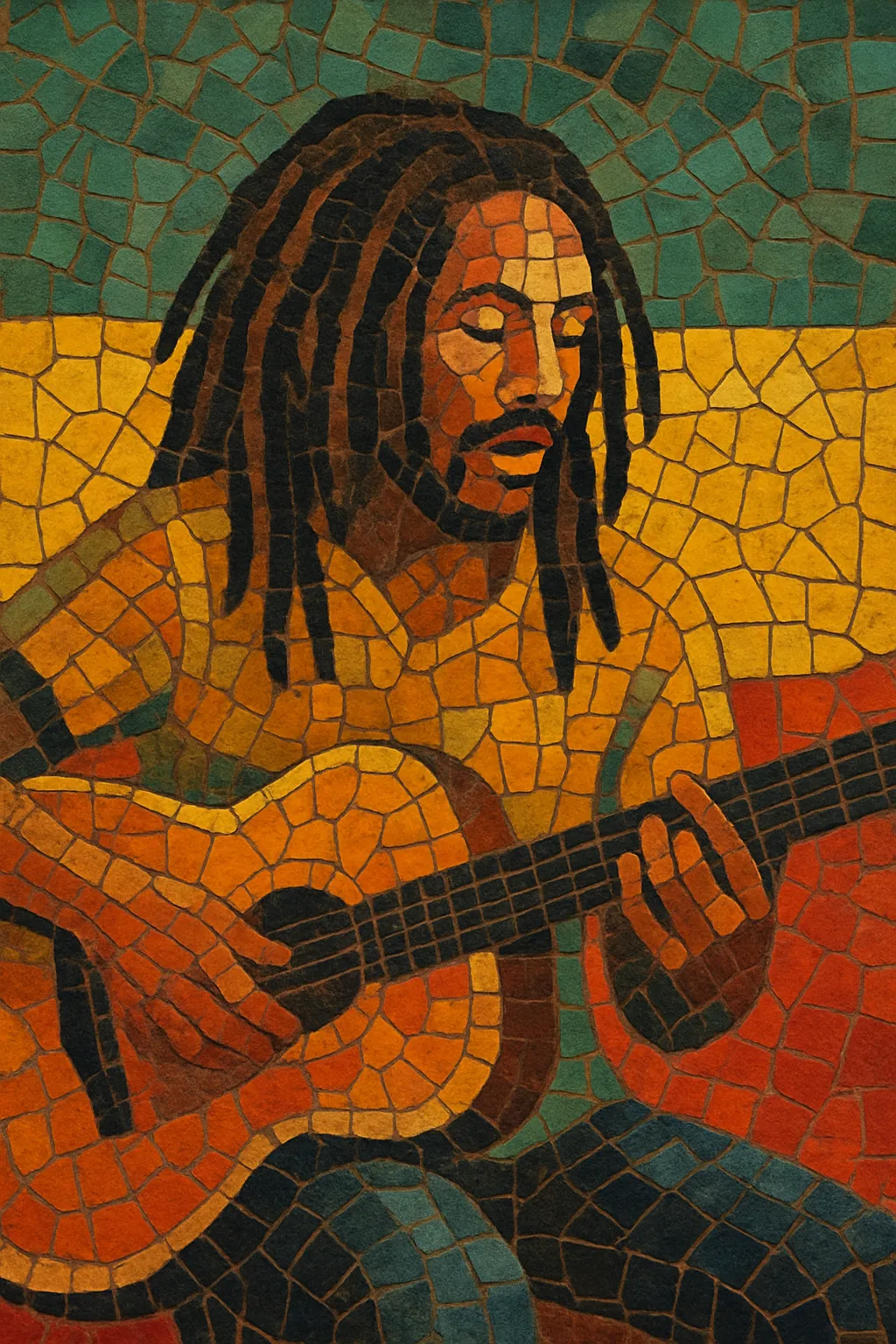Reggae-pop blends the offbeat rhythms, skanking guitar, and bass-forward grooves of reggae with the hooks, song structures, and polished production of mainstream pop.
It typically features bright, catchy choruses, romantic or feel-good lyrics, and accessible arrangements that keep the reggae pulse while smoothing edges for radio play. Drum patterns often sit in the 75–100 BPM range and may alternate between a laid-back one-drop feel and a straighter pop backbeat, while keyboards and guitars accent the offbeats to preserve the genre’s Caribbean character.
Reggae-pop emerged in the late 1970s in the United Kingdom, where a large Caribbean diaspora helped bring Jamaican sounds into the heart of the pop market. As reggae and rocksteady gained global attention, UK artists began folding those rhythms into pop and new wave, creating radio-ready songs with unmistakable offbeat guitar skanks and warm basslines.
The 1980s cemented reggae-pop’s presence on the charts. Acts such as UB40, The Police, Culture Club, and Eddy Grant scored international hits that married sing-along choruses with reggae-influenced grooves. Production became brighter and more synth-driven, with lovers rock’s smooth vocal style informing the genre’s romantic tilt.
In the 1990s and early 2000s, reggae-pop expanded worldwide. Jamaican artists like Shaggy and Sean Paul brought dancehall energy into pop formats, while groups such as Ace of Base and Inner Circle popularized a lighter, island-inflected sound across Europe and the Americas. The genre’s flexibility made it a frequent collaborator in pop, R&B, and hip-hop.
The 2010s saw a resurgence of breezy, reggae-tinged hits (for example, MAGIC!’s “Rude”) and a broader tropical sensibility in mainstream music. Digital production, crossover collaborations, and playlist culture have kept reggae-pop a durable, feel-good format that regularly cycles back onto global charts.


